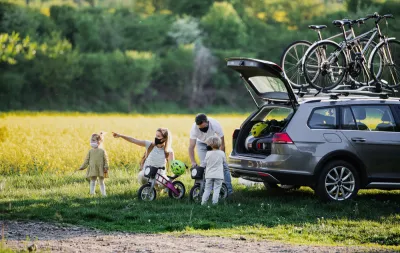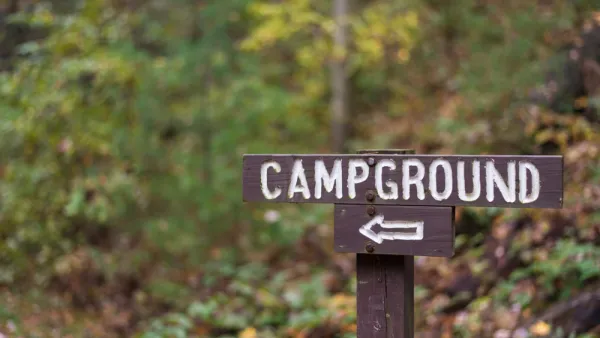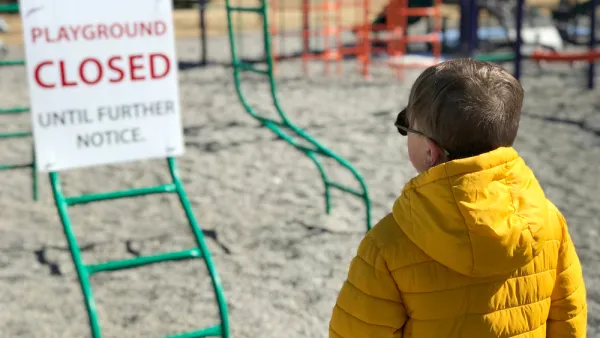A new report commissioned by the Outdoor Industry Association offers valuable insights about Americans’ engagement in outdoor activities amid the COVID-19 pandemic.

Amidst the COVID-19 pandemic restrictions, more Americans have turned to the great outdoors, some for the first time and others for the first time in many years. The Outdoor Industry Association (OIA) commissioned a special report from research partner NAXION to study and provide insights about Americans’ engagement in outdoor activities during the pandemic. Specifically, the report examines demographics and psychographics of new outdoor participants which are defined as people who participated in an outdoor activity for the first time during the pandemic or after a significant lapse.
Some of the report's key findings are:
- Those who participated in an outdoor activity for the first time alone did so close to home and chose an activity with a low barrier to entry (e.g., walking, running, biking, hiking, etc.).
- More than 60 percent of those who started or resumed walking, bicycling, fishing, or running/jogging intend to continue once restrictions lift.
- The top reasons for starting an outdoor activity during the pandemic include getting exercise, staying healthy, and getting out of the house.
- Walking is the most commonly reported new outdoor activity. One-quarter of new participants report that they picked up running/jogging and/or bicycling. Birdwatching and fishing form a third tier of new or resumed activities.
- About one-quarter of new participants say they don't want to continue their outdoor activities. Among the few that aren’t likely to continue their new outdoor activities, the top barriers include travel, resuming other activities, and family demands.
- A lack of information about where to go, how to participate, and whom to participate with can be a barrier to trying new outdoor activities. Providing this kind of information could keep new participants engaged and attract others.
For more information, please review the report in its entirety.
FULL STORY: 2021 Special Report: New Outdoor Participant (COVID and beyond)

National Parks Layoffs Will Cause Communities to Lose Billions
Thousands of essential park workers were laid off this week, just before the busy spring break season.

Retro-silient?: America’s First “Eco-burb,” The Woodlands Turns 50
A master-planned community north of Houston offers lessons on green infrastructure and resilient design, but falls short of its founder’s lofty affordability and walkability goals.

Delivering for America Plan Will Downgrade Mail Service in at Least 49.5 Percent of Zip Codes
Republican and Democrat lawmakers criticize the plan for its disproportionate negative impact on rural communities.

Test News Post 1
This is a summary

Test News Headline 46
Test for the image on the front page.

Balancing Bombs and Butterflies: How the National Guard Protects a Rare Species
The National Guard at Fort Indiantown Gap uses GIS technology and land management strategies to balance military training with conservation efforts, ensuring the survival of the rare eastern regal fritillary butterfly.
Urban Design for Planners 1: Software Tools
This six-course series explores essential urban design concepts using open source software and equips planners with the tools they need to participate fully in the urban design process.
Planning for Universal Design
Learn the tools for implementing Universal Design in planning regulations.
EMC Planning Group, Inc.
Planetizen
Planetizen
Mpact (formerly Rail~Volution)
Great Falls Development Authority, Inc.
HUDs Office of Policy Development and Research
NYU Wagner Graduate School of Public Service





























